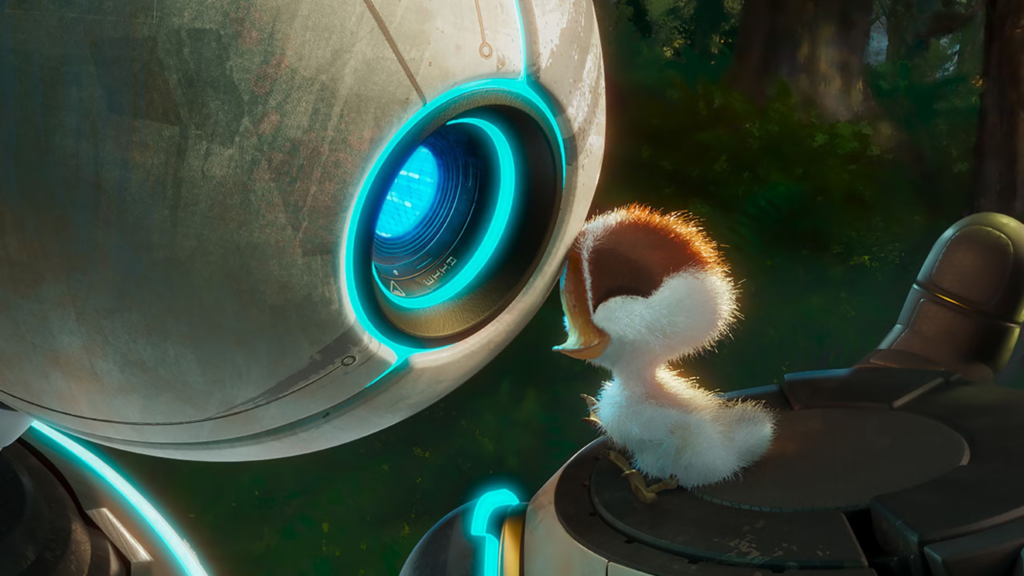What’s in a Name? More Than You’d Think
If you’ve ever tried researching your ancestors and felt like you were playing detective, you’re not alone. Free Tips for Searching Ancestors‘ Surnames is basically a “survival guide” for anyone who’s tried to track down their great-great-grandfather, only to find his name spelled five different ways across various documents. This book offers practical strategies for dealing with surname variations, cultural naming traditions, and historical changes — things that are incredibly useful not just for genealogists, but for anyone designing tools to help families preserve their history.
For my master’s thesis, which focuses on building a genealogy app prototype, this book is a goldmine of insights. It highlights why names are such tricky yet essential pieces of family history.
—
The Challenge of Names in Genealogy
One of the first things the book makes clear is that surnames are anything but stable. People changed them when they moved countries, census takers misspelled them, and sometimes families just decided to tweak them for fun (or to avoid certain associations). For example, immigrants to the U.S. often anglicized their names — Schmidt became Smith, and Kowalski might have turned into Collins.
For my prototype, this means one thing: searching for names needs to be flexible (as I’ve already mentioned in my previous blog posts). The app prototype should allow users to input variations, use wildcard searches, and even suggest alternative spellings based on common name changes over time. Otherwise, people might miss out on important connections just because their ancestor had an inconsistent signature.
Another key takeaway is how cultural naming traditions affect research. In Scandinavian countries, for example, patronymic names meant that Anders‘ son was literally called Andersson, and his son might be Johanssen, and so on. This makes tracing lineage more complicated, especially if you’re trying to follow a single surname through generations.
—
The Book’s Relevance to My Future Prototype
Beyond the research challenges, this book has confirmed to me that my app prototype should support storytelling rather than just data collection. Genealogy isn’t just about names — it’s about the lives behind those names. Someone with the last name „Green“ could be named after a village green, their profession as a dyer, or simply because an ancestor was really into nature. Understanding these origins makes family history more engaging.
My idea that the app prototype would have a section where you can write things about yourself and allow the users to add context to names, explaining where they come from and how they evolved (among other things).
This book also confirmed what others were writing about too — genealogical research requires “detective work”. The book suggests using wildcard searches (like searching „Johns*“ to find Johnson, Johnston, or Johnsen) and checking multiple sources to confirm a match. This reinforces the idea that my app prototype should guide users through their research process, making suggestions and offering hints rather than just displaying raw data.
—
Why This Matters for My Future as a Designer
Reading this book has reminded me why good design is about making complex things simple. Surname research is messy, inconsistent, and sometimes frustrating, but the right tools can make it easier. As a designer, I want to create interfaces that help people uncover their histories without needing to be professional genealogists.
—
Conclusion
Free Tips for Searching Ancestors‘ Surnames is more than just a book about genealogy — it’s a guide to understanding how names shape our identities and how we can preserve them despite historical inconsistencies. For my thesis, it has reinforced the importance of flexible search tools, storytelling features, and user-friendly design.
In the end, whether I’m designing a genealogy app or any other digital experience, the key takeaway is this: people don’t just want data, they want connection. My job as a designer is to create systems that help them find it.




